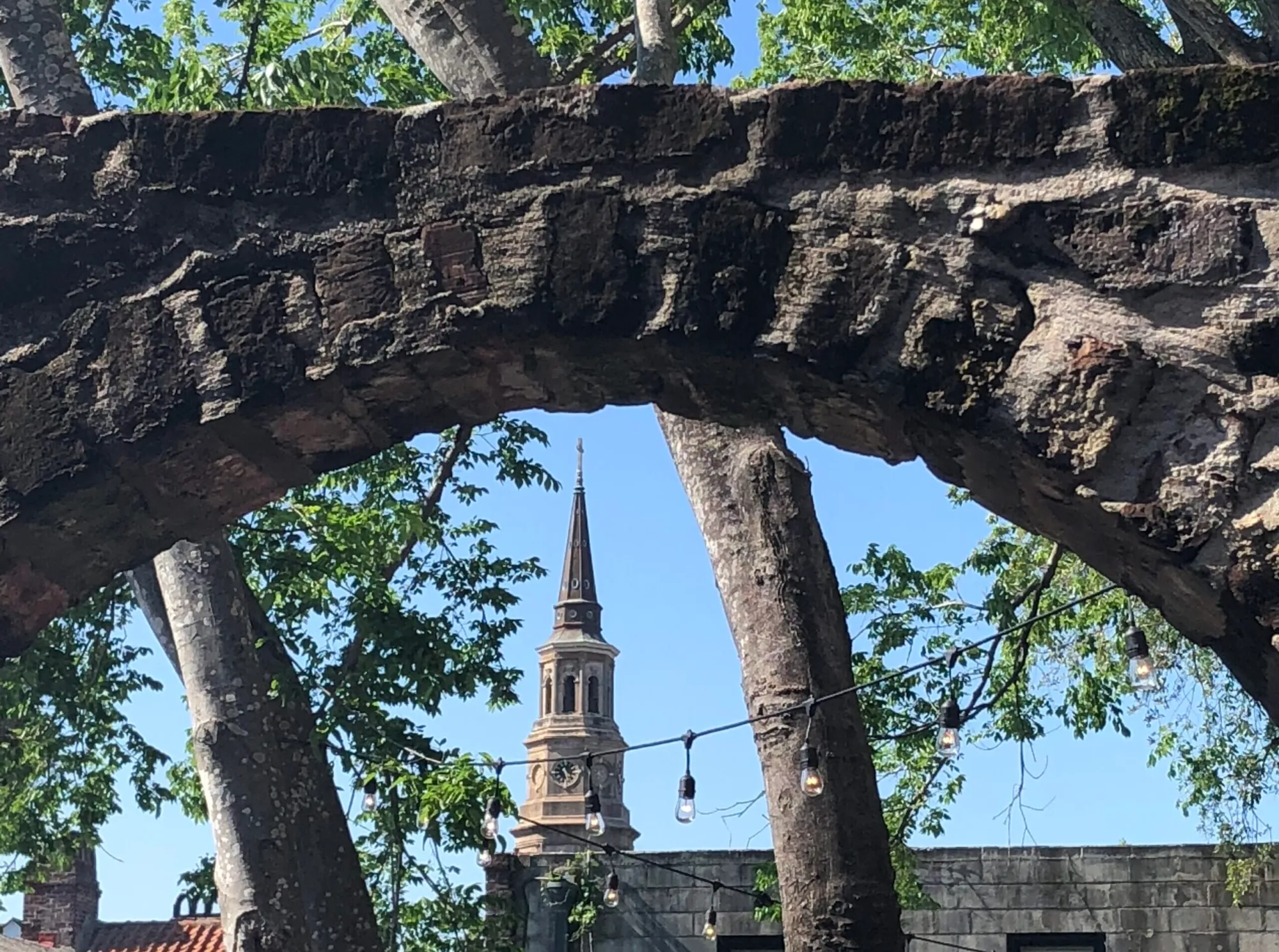A Culinary Journey Through Time: The History of Food in Charleston, SC

A Taste of Tradition: Native American and African Influences
The story of Charleston’s food begins long before European settlers arrived. Native American tribes like the Sewee and Catawba inhabited the region, leaving their mark on the local cuisine. These indigenous communities introduced ingredients like corn, beans, squash, and game meats, which became staples in Lowcountry cooking.
With the arrival of enslaved Africans in the 17th century, Charleston’s culinary landscape experienced a profound transformation. These skilled cooks brought their culinary traditions, such as rice cultivation and the art of seasoning, which would lay the foundation for the city’s signature dishes. The combination of African techniques and local ingredients resulted in the development of the Gullah-Geechee cuisine, a unique and beloved culinary style.
Colonial Influence and Plantation Cuisine
As Charleston flourished during the colonial era, it became a hub of trade and commerce. The city’s strategic location made it a melting pot of cultures and flavors. Influences from the Caribbean, Europe, and even Asia made their way into Charleston’s kitchens.
